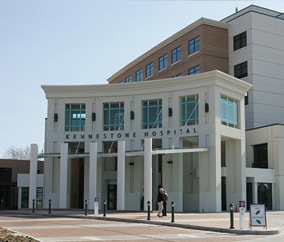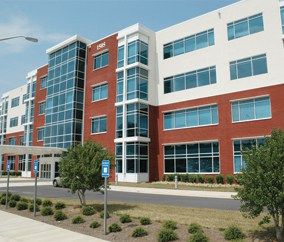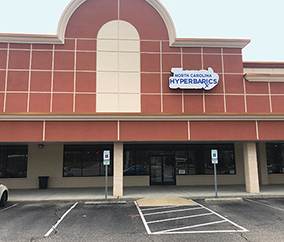
Skin Grafts & Flaps Treatment
Reconstructing complex wounds is accomplished by shifting or transferring tissues to the wound from a different part of the body. A “skin graft” is the transfer of a portion of skin (without its blood supply) to a wound. A “flap” consists of one or more tissue components, including skin, deeper tissues, muscle, and bone. Flaps are transferred with either their original blood supply (pedicle flap) or with detached blood vessels that are attached at the site of the wound (free flap). Skin grafts survive as oxygen and nutrients diffuse into them from the underlying wound bed. Long-term survival depends on a new blood supply forming from the wound to the graft.
When the wound bed does not have enough oxygen supplied to it, the skin graft will at least partially fail. Common causes for this are continued smoking, previous radiation to the wound area, diabetes mellitus, and certain infections. In these situations, the availability of oxygen in the wound bed can be increased with hyperbaric oxygen therapy in preparation for skin grafting. Additionally, hyperbaric oxygen therapy can be used after skin grafting to increase the amount of the graft that will survive in the compromised settings. Flaps also require oxygen and nutrients to survive. The outer visible portion (usually skin) is furthest from the source of blood supply for the flap. This is the area most likely to be compromised by inadequate oxygen. Factors such as age, nutritional status, smoking, and previous radiation result in an unpredictable pattern of blood flow to the skin.
Hyperbaric Oxygen Therapy for Compromised Skin Grafts and Flaps
If a flap is found to have less than adequate oxygen after it has been transferred, hyperbaric oxygen can help minimize the amount of tissue which does not survive and also reduces the need for repeat flap procedures. If the patient is known to be at high risk for complications, hyperbaric oxygen can help by assisting in the preparation and salvage of skin grafts and compromised flaps before the procedure is done.
The Healing Power of Hyperbaric Medicine
HBOT helps white blood cells kill bacteria, and help osteoclast clean up the dead and infected bone. Once the infection is under control and all the dead bone is gone, new bone is laid down by osteoclasts. These processes require high levels of oxygen to function optimally. HBOT also helps antibiotics work better, and in conjunction with some antibiotics, helps eradicate the biofilms that form in many of these cases.
Increases White Blood Cell Effectiveness
Stimulates Release of Stem Cells
Improves Quality of Life in Patients
Most Conditions Covered by Insurance
How Long Does a Hyperbaric Treatment Take?
Most HBOT treatments generally take about 2 hours. Treatments for some indications can last up to 4 hours. Serious diving injuries can require a treatment for longer than 5 hours. The hyperbaric physician will determine how long each patient’s HBOT treatment will last.
Does Insurance Cover Hyperbaric Treatments?
Yes
Coverage for HBO is dependent on your insurance company’s Coverage Determination Policy.
No
Some indications are still not covered or coverage can vary by insurance provider. Contact us to verify coverage.
Ready to experience the power of hyperbaric oxygen therapy?
Schedule today or refer a patient to us!

HBOT Locations Near Me



